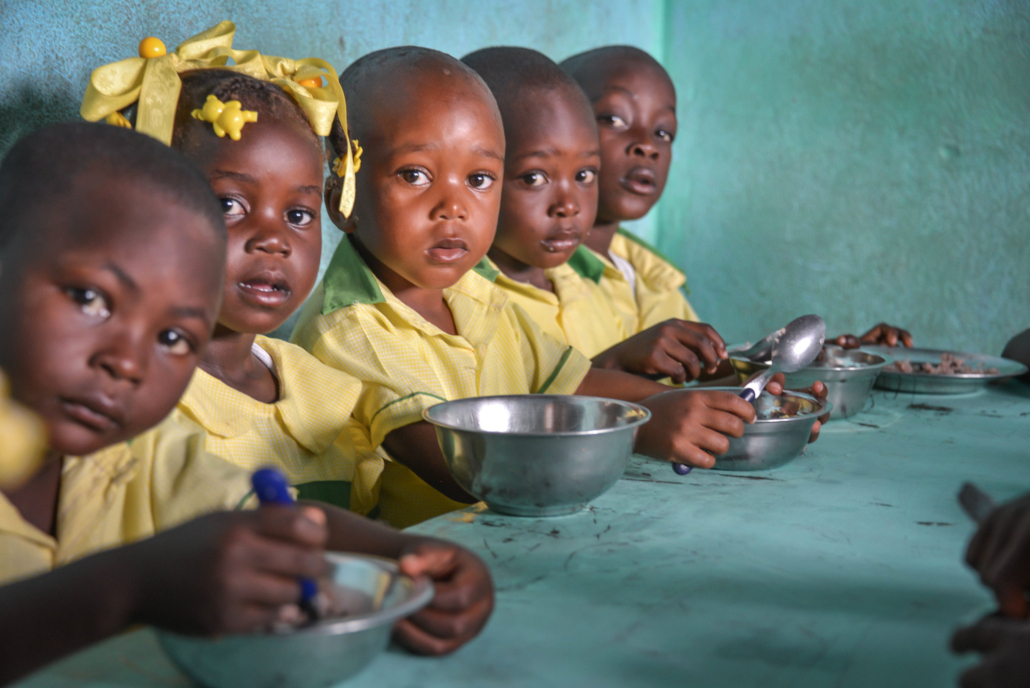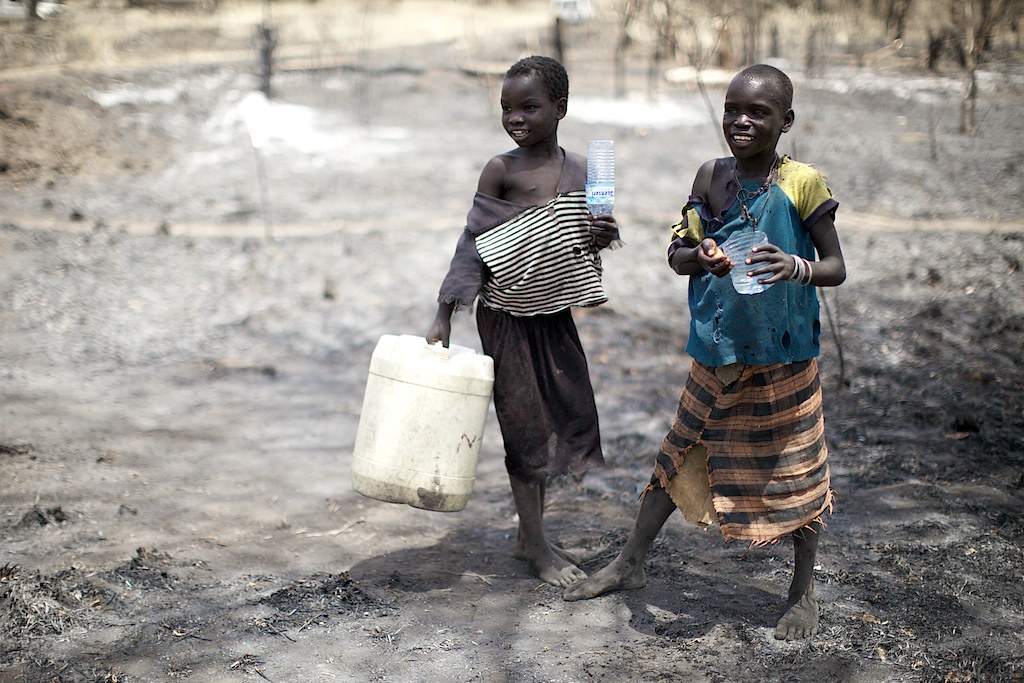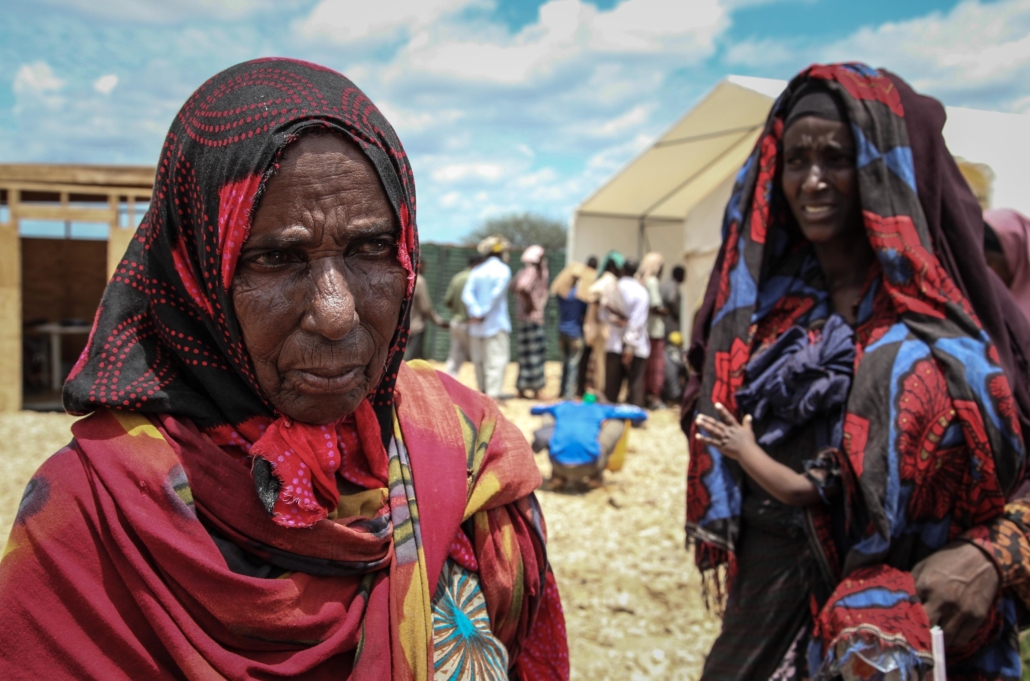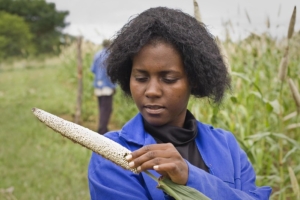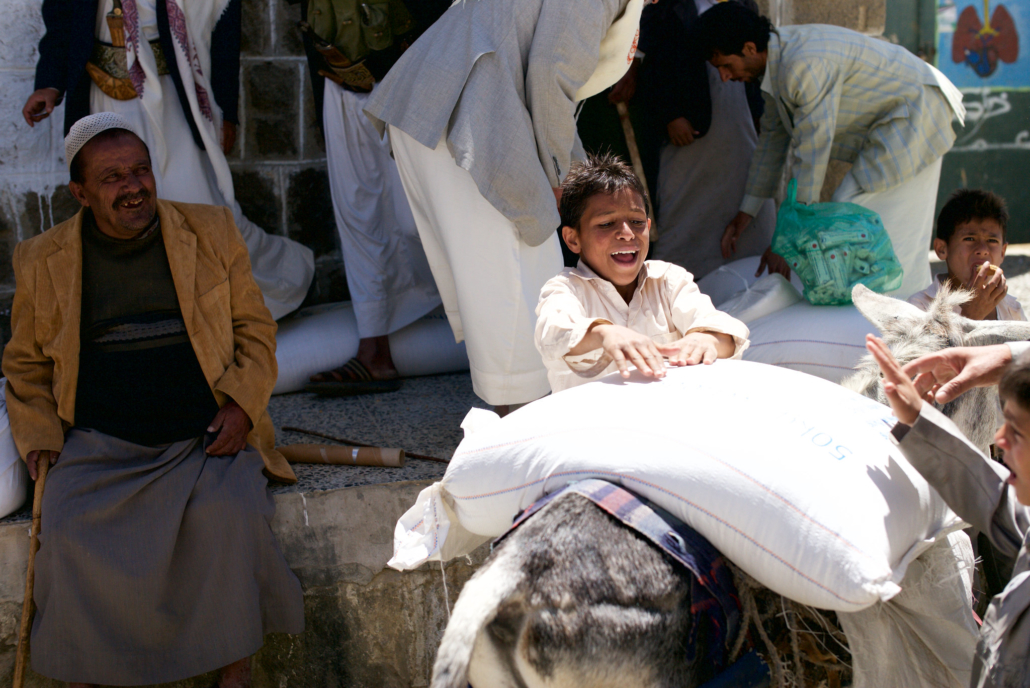
In 2019, the island of Cuba announced that it would collaborate with China to build an institution dedicated to the development of artificial intelligence (AI), with the aim of displaying AI’s “capacity and potential” to diversify technology and be beneficial for Cuban society. The Hebei University of International Studies is based in China and is under the direction of Dr. Yailé Caballero, one of the leading Cuban scientists of AI and international relations. This new facility is symbolic of the potential benefits of AI in Cuba to help reduce poverty and improve living standards in the country and has boosted interest in AI among Cuban scientists since it was announced.
The Way AI Can Detect Weather
In early 2023, the Institute of Meteorology of Cuba began work on a project that uses AI to forecast periods of drought or heavy rainfall. By estimating the behavior of rainfall and droughts up to a year in advance, AI can be used in collaboration with farmers to preserve crop yield and prepare for adverse weather patterns.
How AI Can Reduce Malnutrition and Food Poverty in Cuba
While recent efforts by social security services and the World Food Programme (WFP) have proved very effective in reducing levels of malnutrition and food poverty in Cuba, inflation levels have skyrocketed in recent times, slowing this progress. If a crop has a very low yield due to drought/excess rainfall, basic laws of supply and demand tell us that because there is less of it, the price of food will increase. With AI being able to forecast these weather patterns, the Cuban agricultural industry, in collaboration with water companies, is able to take necessary precautions and inform decision-making to keep yield high and prices down.
With lower prices and greater availability of food, living standards in Cuba are likely to increase as a direct result of AI. A report by the Economist Group found that AI should boost the GDP of Latin American economies by 5%, incentivizing investment in AI technology. Cuban agriculture is the nation’s largest industry and employs roughly 18% of the population, meaning that the use of AI to protect farming by forecasting weather patterns months in advance will also help to secure employment and wages for 2 million people. This shelters a significant portion of the population from the risk of poverty and upholds living standards in the country.
How AI Can Help Allocate Resources
Another way that AI could improve living standards in Cuba is in the allocation of resources. Cuba’s economy is centrally planned, meaning that the government exercises control over most economic planning through state-run companies. However, the impact of COVID-19, tight U.S. sanctions and a drop in oil supply from Venezuela have contributed to stagnant economic growth. A report from the Human Rights Commission found that certain algorithms that utilize AI can provide a more effective allocation of resources. By reducing government inefficiencies, money is better spent on programs that can boost Cuban living standards and alleviate those living in poverty.
While AI is still in its early development in Cuba, future plans for extra funding are likely to spur further innovation in the industry, especially once the benefits of using AI in agriculture and resource allocation are fully realized. It is important that Cuba not only rely on AI to boost living standards but instead employ it as an instrument for its pre-existing (and fairly successful) poverty alleviation programs.
– Tom Lowe
Photo: Flickr
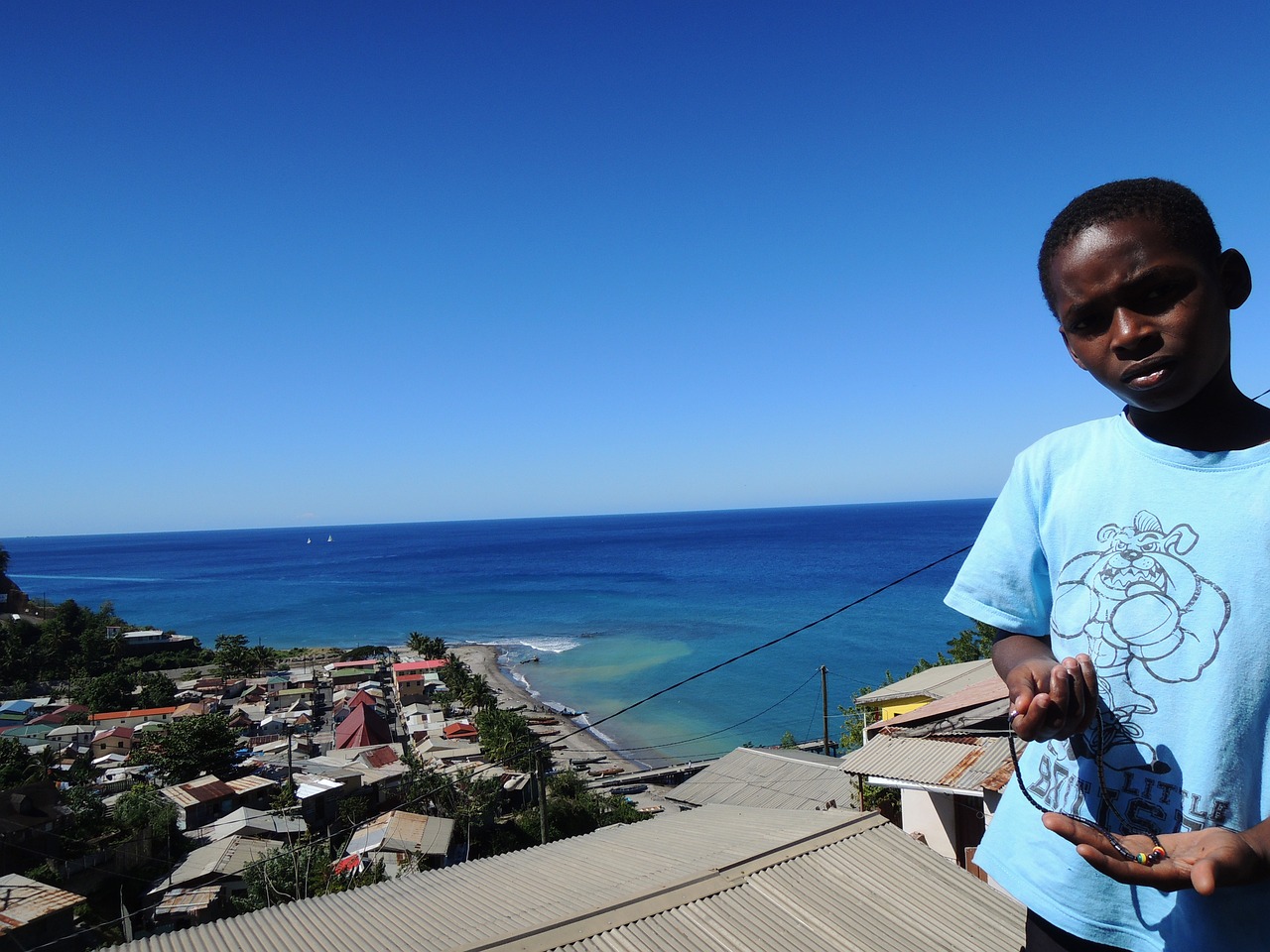
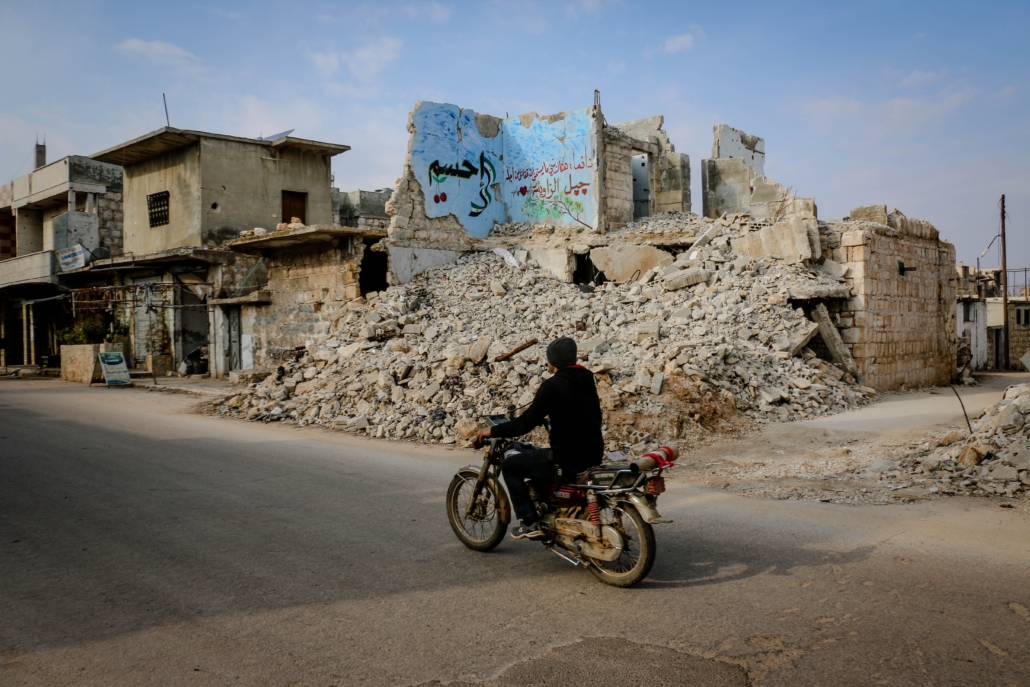 Syria, a nation with a rich cultural history tragically torn apart by years of conflict, has faced a complex crisis that extends beyond the frontline. The devastation of war is evident in the physical destruction of cities and the displacement of millions, but what is less often mentioned is the destruction caused by diseases impacting Syria.
Syria, a nation with a rich cultural history tragically torn apart by years of conflict, has faced a complex crisis that extends beyond the frontline. The devastation of war is evident in the physical destruction of cities and the displacement of millions, but what is less often mentioned is the destruction caused by diseases impacting Syria.